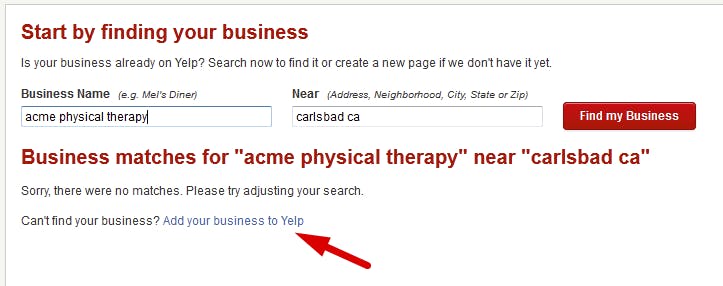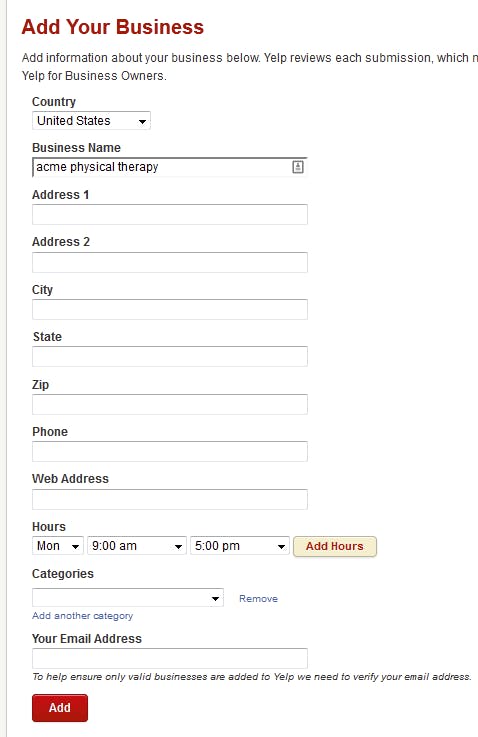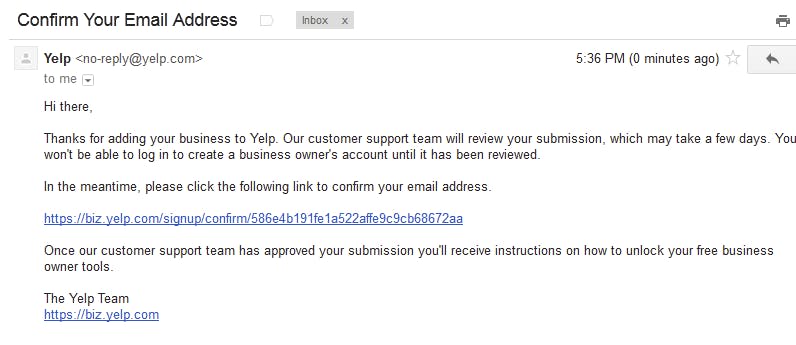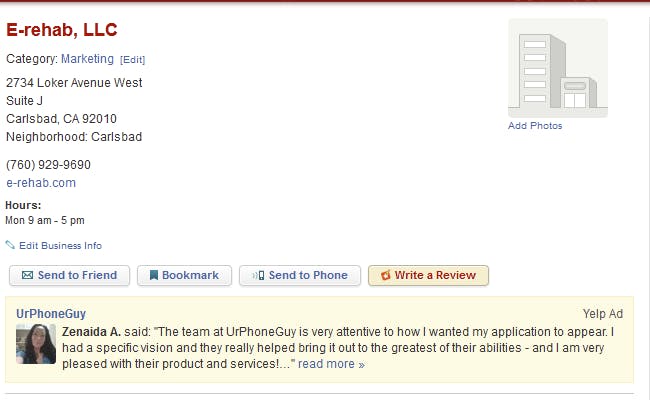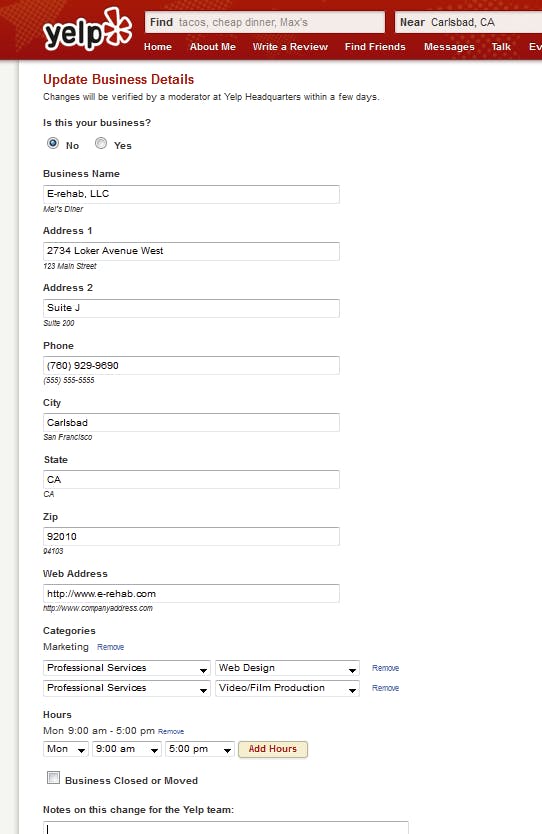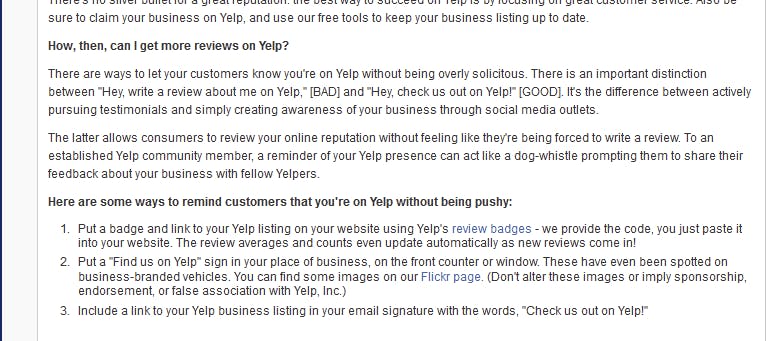
The phrase “location, location, location” doesn’t only apply to real estate. When you design your physical therapy website, focusing on your location with search engine optimization (SEO) in mind is an absolute must, whether you have one location or multiple offices spread across the state.
The thing is, you can’t just have your physical address posted on your website and call it a day. There are multiple strategies that you should use to help you promote and improve your local SEO. By utilizing all of these practices, you’ll improve your reach across the Internet and among local searchers that are in need of your physical therapy services. Read on to find out how to make your physical therapy website more “SEO-friendly.”
Make Your Location a Prominent SEO Keyword
Your address or location should not be listed only in the header or footer of your website. Instead, you should focus on integrating it into your SEO strategy by putting it in key elements of your website. For instance, title headings for your webpages can be SEO-optimized instead of just giving them generic titles. Here’s an example: instead of using “Our Office” for your location page, optimize it with your location to “Our Brooklyn Office.” Other elements you can optimize include headings, titles, tags, image tags and other HTML and metadata descriptions. The more you use the name of your location throughout your website, the more optimized it will become.
Make Separate Local Pages for Each Location
If you have multiple offices, it’s important to provide separate pages that are dedicated specifically to these locations instead of just publishing content for multiple locations on the same page.[pullquote4 bgColor=”#ea8400″ textColor=”#000000″]Having multiple local pages not only helps people find the right location for their needs, but also improves your searchability across different places.[/pullquote4] Having multiple local pages not only helps people find the right location for their needs, but also improves your searchability across different places.
On each separate page, also be sure to include location-specific descriptions and content, instead of copying and pasting the same generic description or your mission statement. A good practice is to include local events you’ve sponsored in that area or describe the location in relation to special features or physical landmarks to make the description rich with local SEO.
The same should be done with other location listings: have separate pages on Google+, Yelp, Yellow Pages and other sites for each of your locations, too.
Attempt Address Accuracy Across All Map Listings
Search engines prefer consistency, especially when it comes to contact information like telephone numbers and addresses. To reach the most people, make sure that your practice is listed with the same contact information in every listing. For example, if your physical therapy office is located on “43 Main Street,” decide whether or not you will spell out “Street” or abbreviate it to “St.,” and stick to this designation throughout all uses of your address. The same goes for your practice name. The more consistent your name, number and address are, the more likely your website will be cited correctly and found.
Collect Reviews
Reviews are also an important part of building your practice’s local reputation. Besides adding testimonials to your website, you should also try to gather reviews for your local listings, such as your Google+ local page.
One of the best ways to get a Google+ review from your patients is to kindly request that they add a review before leaving your office. Set up a laptop or tablet that they can log into, and give them a few guidelines to help them write a short review. Not only does this give you a better spotlight in Google rankings, but they can also be helpful for you and your office. A great tool to use is Whitespark’s Review Generator, which will print out instructions for computer or smartphone use based on your office’s information.
Improving Your Local SEO Can Better Establish Your Physical Therapy Website
[highlight1 bgColor=”#000000″ textColor=”#3391ff”]Overall, improving the local SEO of your physical therapy website can make a big difference in your online efforts and significantly draw in new visitors that may become patients. By establishing your local SEO presence, your potential patients will be able to find you and your current patients can lend their own experience and recommendations to your practice. To get more help with your physical therapy website, contact us at E-Rehab today, and we can show you how to elevate your SEO to the next level.[/highlight1]










